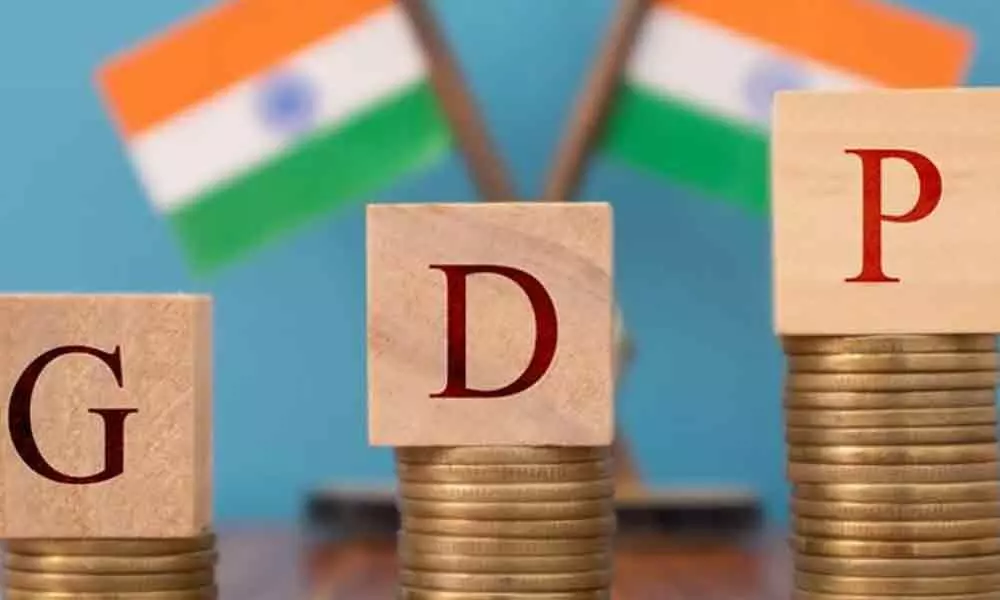Coronavirus in rural areas a bad sign for GDP

Covid-19 in rural areas a bad sign for GDP
It is a foregone conclusion that India's gross domestic product (GDP) will contract this financial year due to the economic crisis triggered by the Covid-19 pandemic
It is a foregone conclusion that India's gross domestic product (GDP) will contract this financial year due to the economic crisis triggered by the Covid-19 pandemic. Even the Reserve Bank of India (RBI) forecast the same. However, there is no clarity yet on the quantum of the contraction in the country's GDP. RBI also refrained from indicating the expected extent of shrinkage in the economic activity this financial year. However, several global agencies came out with projections which said that India's economy would take a bigger hit compared to many major economies as Covid-19 was spreading faster in the country, the world's second largest populated country after China.
Among the major economies, China, where the novel coronavirus that triggered global Covid pandemic was born, seems to be sitting pretty when it comes to economic activity. The communist country posted a GDP contraction of 6.8 per cent during January-March 2020. But its economy recovered sharply and posted a positive growth of 3.2 per cent during the April-June quarter. The steep rebound in the world's second largest economy is a surprise as the world is still reeling under the debilitating impact of Covid and China heavily depends on world markets for its growth. Other major economies are not that fortunate though. Japan's economy shrank by a whopping 27.8 per cent during April-June. This disappointing de-growth marks the largest contraction in the world's third biggest economy since 1980. The US economy registered a much higher shrinkage of 32.9 per cent in the same three months. It was the worst ever drop for the world's largest economy since 1921.
Against this backdrop, how is the Indian economy doing now? A research report by the State Bank of India (SBI), the country's largest lender, estimated that the country's GDP would have contracted 16.5 per cent during the April-June, the first quarter as per the Indian financial year that begins in April. The SBI's Ecowrap report, in its May edition, projected a higher contraction of over 20 per cent for the same period. As per the report, the GDP contraction was not as deep as it was thought earlier. It cited lower de-growth in corporate GVA (gross value added) as compared to fall in corporate revenues during the first quarter as the reason for its latest GDP estimates.
Till now, over 1,000 listed companies announced their first quarter (April-June 2020) financial results. As per this data, top line of these companies fell by 25 per cent while the bottom line (margins) declined by 55 per cent. However, the decline in corporate GVA was only 14.1 per cent. This should come as glad tidings. But Covid-19, which has so far confined to mega cities and urban pockets, is spreading faster to hinterlands. Rural areas accounted for 54 per cent of total Covid confirmed cases in August.
That is a bad sign indeed. Till now, it has been expected that as rural areas are relatively free of novel coronavirus, the agriculture sector will cushion the adverse impact of Covid-19 pandemic. That seems to be unlikely now as rising Covid cases will hit agriculture activity. If that happens, the Indian economy will take a bigger hit compared to its global peers.















